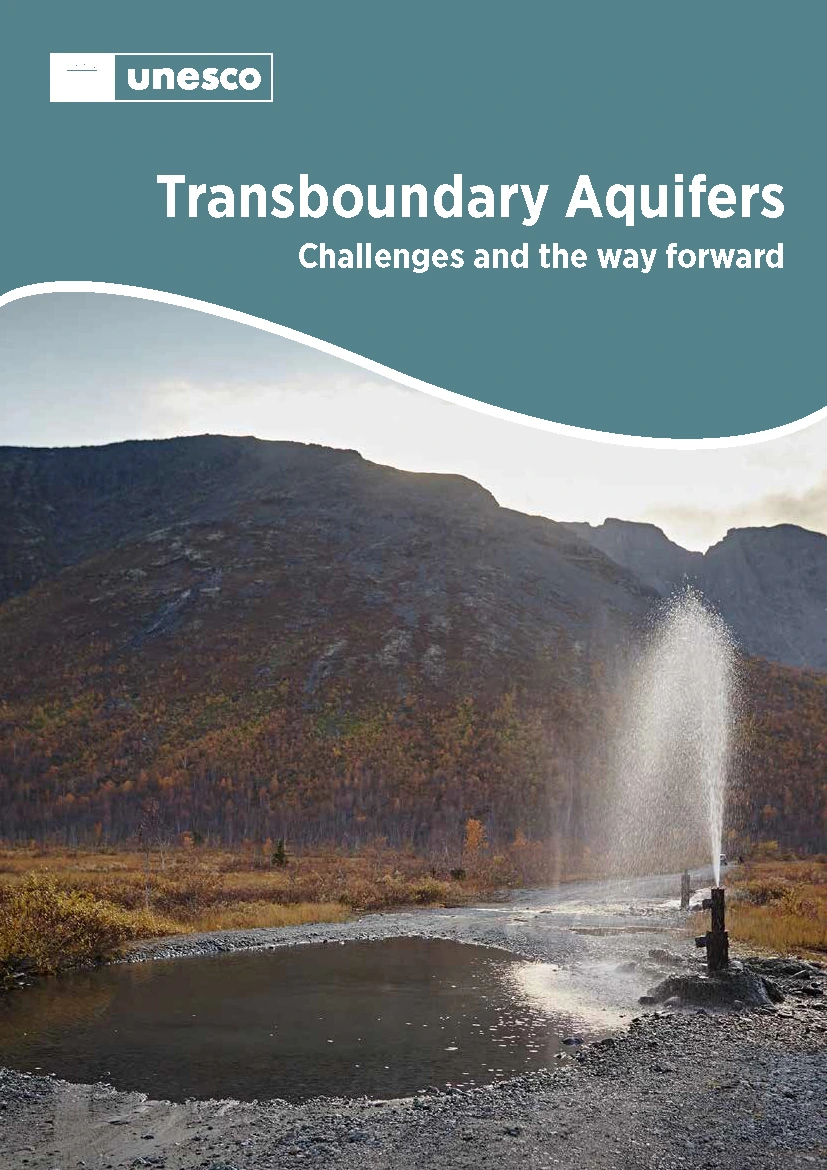Reaching Groundwater Agreements on the Border Between Mexico and the United States: Science and Policy Fundamentals

Groundwater is vital to the sustainability and survival of human communities in the U.S.-Mexico border region, a nearly 2000 mile-long, arid zone in North America where climate uncertainty prevails. More than 30 aquifers are known to abut or span the international boundary, supporting a border area population exceeding 15 million persons in 2020 (Figure 1). Groundwater is the sole or principal water source for more that half-a-dozen sister cities or communities ranging from one of the largest binational metropolitan zones, El Paso-Cd. Juarez, to the thriving binational metropolis of Ambos Nogales, to smaller coadjacent communities on the western land boundary and along the Rio Grande River. Unfortunately, groundwater utilization is regulated by international agreement in just one small area, the San Luis Mesa, along the southerly international boundary. That agreement, signed in 1973, noted the need for a comprehensive groundwater agreement for the border region, a goal that has eluded the two countries for nearly half a century. This paper examines the prospect of reaching additional groundwater agreements between the two countries. It first considers the institutional setting shaping binational cooperation on transboundary groundwater management. It then reviews advances in binational technical and scientific cooperation on transboundary water relevant to shared aquifers. It follows by considering how emerging diplomatic principles and practices may facilitate cooperative approaches to managing shared aquifers along the U.S.-Mexico boundary, drawing on recent experience in groundwater assessment gained from binational engagement in the Transboundary Aquifer Assessment Program. The paper concludes by identifying principles and practices that are most conducive to advancing binational collaboration on transboundary aquifer management to utilize these essential resources more sustainably.

